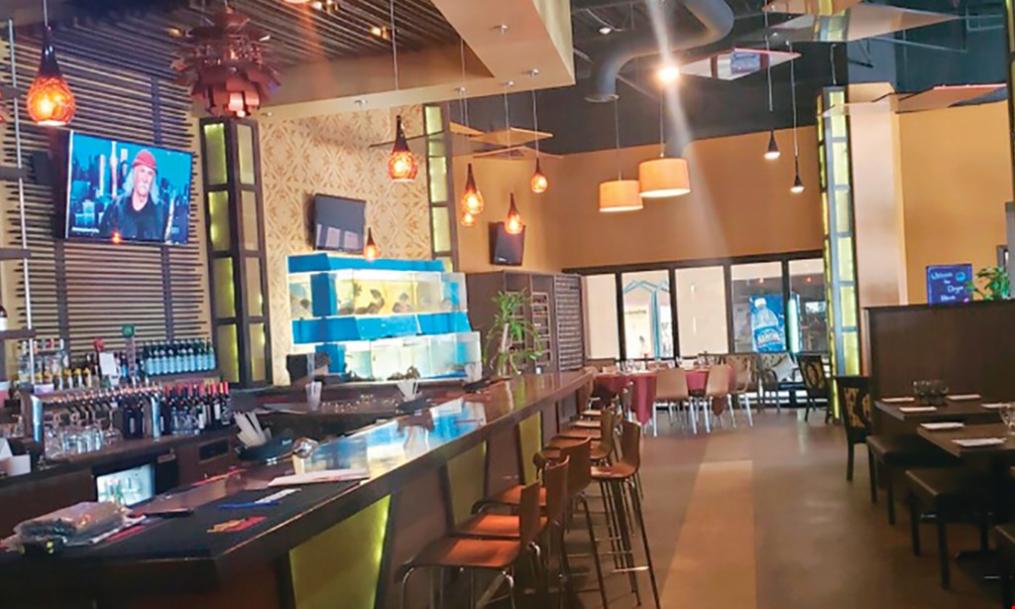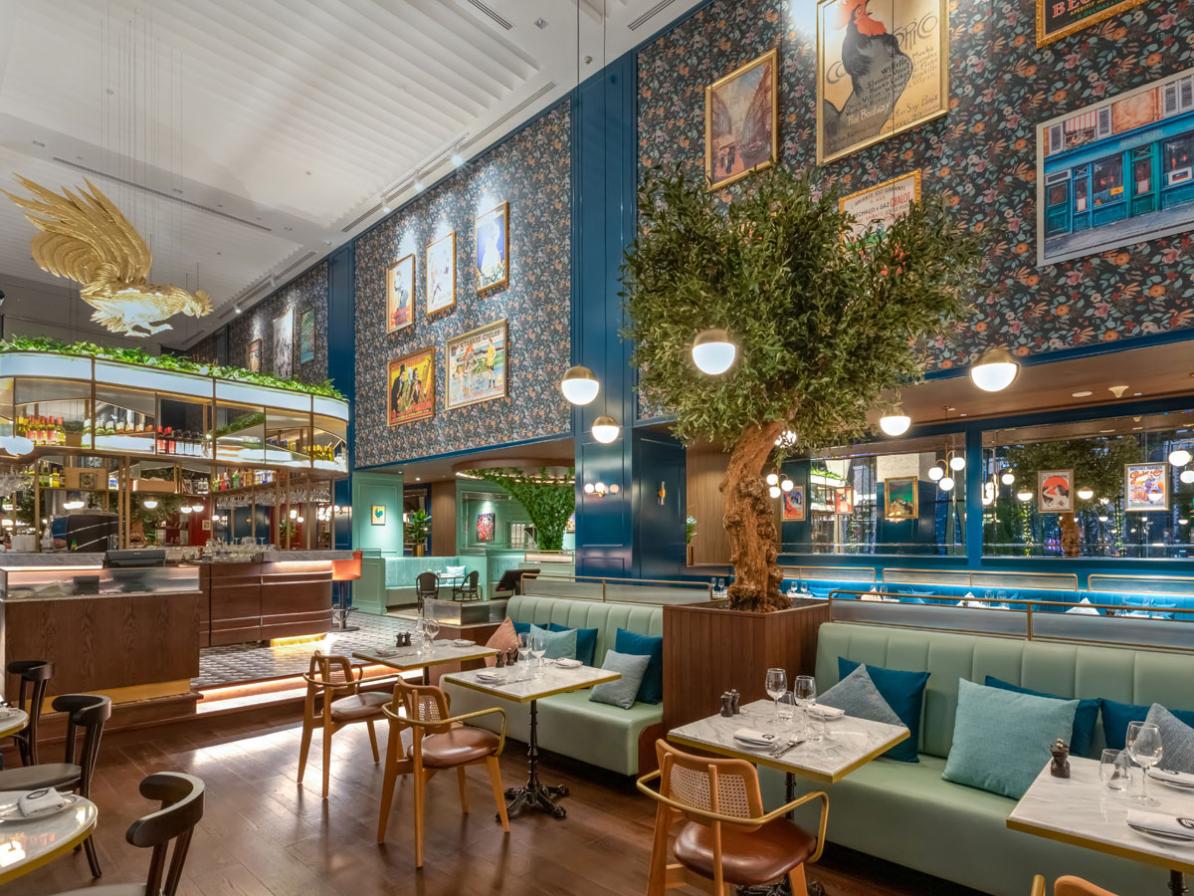Common Challenges Faced by Casual Dining Restaurants
Casual dining restaurants, characterized by their relaxed atmosphere, moderate prices, and diverse menu options, have become a popular dining choice for consumers seeking a balance between fast food and fine dining. However, this segment of the restaurant industry is not without its challenges. This article explores the common challenges faced by casual dining restaurants, examining economic, operational, marketing, labor, and technological hurdles that can impact their success.

Economic Challenges
Rising Food And Labor Costs
The rising cost of food and labor is a significant challenge for casual dining restaurants. The increasing cost of ingredients, coupled with the rising minimum wage and employee benefits, puts pressure on profit margins. This can lead to higher menu prices, potentially alienating price-sensitive consumers.
Intense Competition From Fast-Casual And Fine-Dining Restaurants
Casual dining restaurants face intense competition from both fast-casual and fine-dining establishments. Fast-casual restaurants offer a more convenient and affordable option, while fine-dining restaurants provide a more upscale experience. This competition can make it difficult for casual dining restaurants to stand out and attract customers.
Fluctuating Consumer Spending Patterns

Consumer spending patterns can be unpredictable, especially during economic downturns. When consumers tighten their belts, casual dining restaurants may experience a decline in sales. This can lead to reduced revenue and profitability.
Operational Challenges
Managing Inventory And Minimizing Food Waste
Managing inventory and minimizing food waste is a critical challenge for casual dining restaurants. Overstocking can lead to spoilage and waste, while understocking can result in lost sales. Restaurants must carefully balance their inventory levels to ensure they have enough food to meet customer demand without incurring excessive waste.
Maintaining Consistent Food Quality And Service

Maintaining consistent food quality and service is essential for casual dining restaurants to build a loyal customer base. Inconsistent food quality or poor service can lead to negative reviews and lost customers. Restaurants must have systems in place to ensure that food is prepared and served to a consistently high standard.
Dealing With Peak And Off-Peak Customer Traffic
Casual dining restaurants often experience peak and off-peak customer traffic patterns. Dealing with these fluctuations can be challenging, as restaurants must have enough staff and resources to handle busy periods without overwhelming their operations during slower times.
Marketing And Branding Challenges
Differentiating From Competitors In A Crowded Market
In a crowded market, casual dining restaurants face the challenge of differentiating themselves from their competitors. They must develop a unique brand identity and value proposition that resonates with their target audience. This can be achieved through creative marketing campaigns, unique menu offerings, and exceptional customer service.
Building A Strong Brand Identity And Customer Loyalty
Building a strong brand identity and customer loyalty is crucial for casual dining restaurants to succeed in the long term. This involves creating a consistent brand image across all channels, delivering a positive customer experience, and engaging with customers through social media and other platforms.
Utilizing Social Media And Online Platforms Effectively
Social media and online platforms offer casual dining restaurants an opportunity to connect with customers, promote their brand, and generate buzz. However, effectively utilizing these platforms can be challenging, as restaurants must create engaging content that resonates with their target audience.
Labor Challenges
Recruiting And Retaining Qualified Staff In A Competitive Job Market
Recruiting and retaining qualified staff in a competitive job market is a major challenge for casual dining restaurants. The industry often experiences high turnover rates, making it difficult to find and keep good employees. This can lead to increased training costs and a decline in service quality.
Managing Employee Turnover And Training Costs
Employee turnover can be costly for casual dining restaurants. The cost of hiring and training new employees can be significant. Restaurants must implement strategies to reduce turnover, such as offering competitive wages and benefits, providing opportunities for career advancement, and creating a positive work environment.
Ensuring Compliance With Labor Laws And Regulations
Casual dining restaurants must ensure compliance with labor laws and regulations, including minimum wage, overtime pay, and workplace safety regulations. Failure to comply with these regulations can result in fines, legal action, and reputational damage.
Technological Challenges
Keeping Up With The Latest Technology Trends In The Industry
The restaurant industry is constantly evolving, and casual dining restaurants must keep up with the latest technology trends to remain competitive. This includes implementing new technologies to improve efficiency, customer experience, and marketing efforts.
Implementing New Technologies To Improve Efficiency And Customer Experience
Casual dining restaurants can use technology to improve efficiency and customer experience. This includes implementing online ordering systems, mobile payment options, and self-service kiosks. These technologies can help restaurants streamline operations, reduce wait times, and improve customer satisfaction.
Dealing With Cybersecurity Risks And Data Breaches
Casual dining restaurants face cybersecurity risks and data breaches, which can compromise customer information and damage their reputation. Restaurants must implement robust cybersecurity measures to protect customer data and prevent data breaches.
Casual dining restaurants face a variety of challenges, including economic, operational, marketing, labor, and technological hurdles. To succeed in this competitive market, restaurants must address these challenges effectively. This involves implementing strategies to control costs, improve efficiency, build a strong brand identity, attract and retain qualified staff, and leverage technology to enhance the customer experience. By overcoming these challenges, casual dining restaurants can position themselves for long-term success.
The future of casual dining restaurants looks promising, with the industry expected to continue to grow in the coming years. However, restaurants must adapt to changing consumer preferences, evolving technology, and increased competition to remain relevant and successful.
YesNo

Leave a Reply